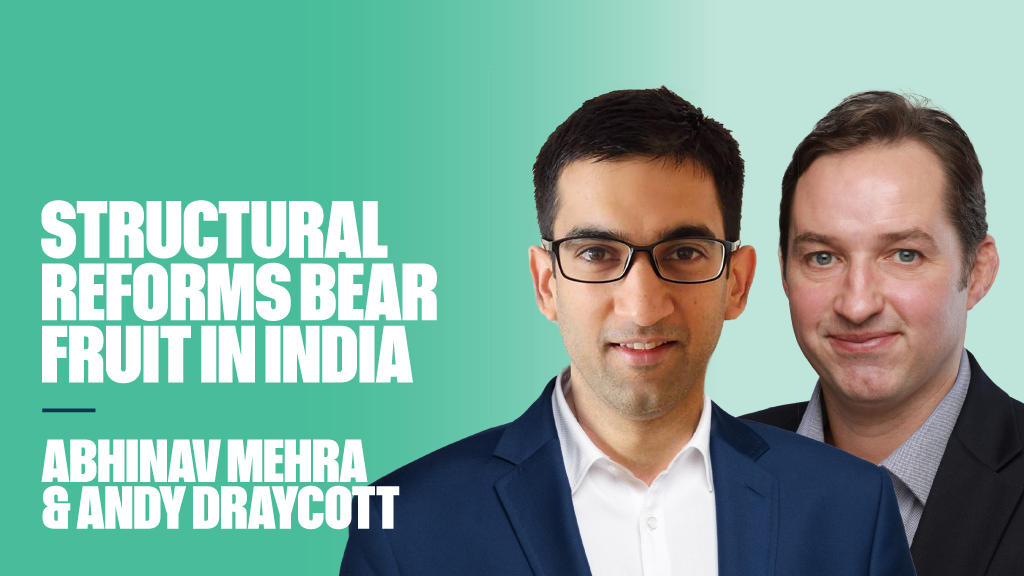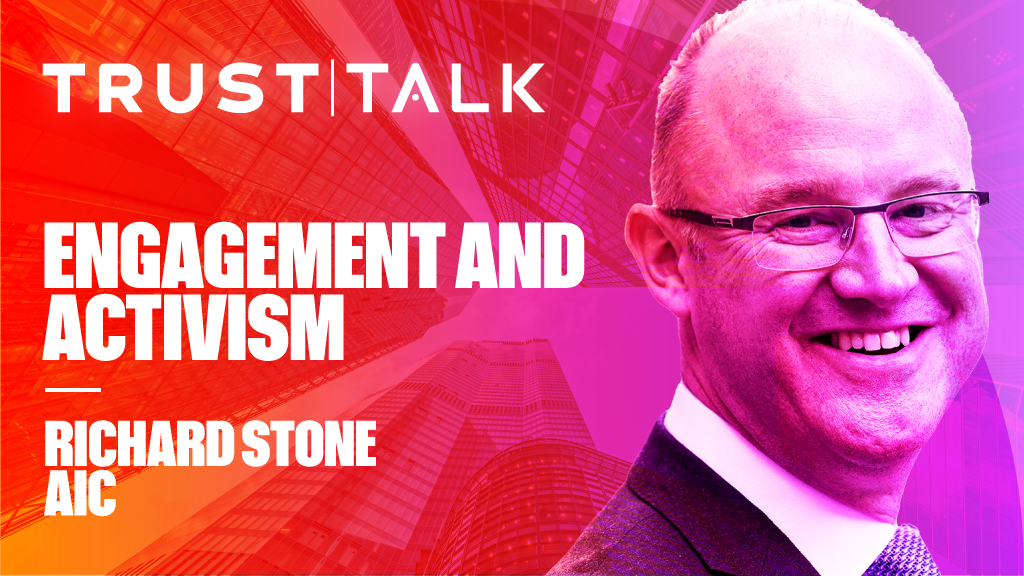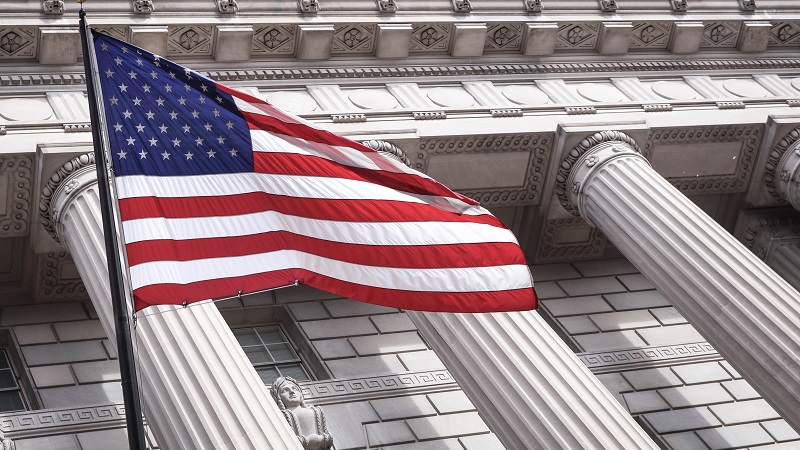Since August, there has been broad agreement that the Federal Reserve is unlikely to pare back its monetary tightening programme. Yet the bond market, often considered to be where the ‘smart’ money operates, still suggests that a US recession is likely and the central bank will be forced to pivot. Given the world’s financial markets are watching, what is going on?
Fahad Kamal, chief investment officer at Kleinwort Hambros, points out that the US continues to add more jobs and, for the time being, a pivot looks very unlikely. He says: “If there was weakness in the labour market it would be possible to see how the argument might be more balanced, but the labour market is very tight, very balanced. It is reflective of a robust economy. It’s unusual to create a million jobs in a quarter. There is no recession, so the Fed has nothing to worry about except inflation.”
However, he points out that the 10-year US treasury yield is still much lower than the two year yield – the most negative it’s been in this century. He adds: “The two-year yield is much more reflective of where the policy rate is going to be, while the 10-year yield is much more reflective of future growth and inflation expectations. The bond market is saying that the Federal Reserve may raise a little bit now, but they’re going to have to turn around and pivot quite aggressively because we’re going to be in a recession soon.”
Both the two-year and 10-year yields had hit multi-year highs, but came down a little within the last few days after a report said the Federal Reserve might meet to discuss a smaller interest rate rise in December. Nevertheless, they have still moved a long way in a relatively short period of time. Prior to August, says Kamal, expectations were for the Fed funds rate to peak at 3.5% and reverse aggressively next year. Now, markets suggest a 5% peak and a much shallower reversal.
This leaves a lot more room for an upside surprise on inflation. A lot changed very quickly in August when investors realised that inflation was entrenched and no pivot from the Federal Reserve was likely. If it can change in one direction, it can also change in the other. For the time being, inflation has generally been stronger than expected, but that could reverse quickly, bringing a significant change in expectations.
What might make that happen? Martin Todd, lead portfolio manager of the Federated Hermes Sustainable Global Equity Fund, suggests that supply chain imbalances could be improving. Supply chain disruption has contributed to inflation across the globe. He says: “The Federal Reserve Bank of New York’s Supply Chain Pressure Index integrates transportation cost data with manufacturing indicators, such as supply-chain related components from Purchasing Manager Index surveys of the major economies across the globe. This provides a useful indicator of the relative level of stress on supply chains over time […], while pressures remain significantly elevated, they have generally been easing since the end of 2021.
“A further source of data is the FBX Global Container Index, which is part of a series of indices compiled by Freightos and the Baltic Exchange. It tracks the weighted average price of containers across 12 regional routes. Rates climbed rapidly through the summer of 2021, following vaccine rollout and the subsequent economic reopening. While they are still higher than pre-pandemic levels, they have dropped sharply since March, indicating that the supply-demand imbalance is starting to correct.”
Kamal suggests that rental costs are also a key swing factor on inflation: “When US rental inflation starts to go backwards, that’s when you’ll see a significant reversal [of inflation]. It may come out of the blue and it may surprise everyone.” Data from Realtor.com showed rents still rising in September, but, crucially, median rent in the 50 largest US cities dropped, with areas such as Riverside and Sacramento in California, plus Las Vegas and Tampa, Florida, seeing sharper price declines.
However, the view that inflation may move down in the short-term, allowing the Federal Reserve to cut rates, is still an outlier. The BlackRock Investment Institute says: “Central banks in the new regime face a sharper trade-off between growth and inflation than in the past. Yet their forecasts, as well as the International Monetary Fund’s update last week, aren’t acknowledging that the cost of bringing inflation down to targets is triggering recession, in our view.
“We think central banks will eventually halt rate hikes. But they won’t have done enough to get inflation all the way back down to target, implying they won’t be able to start easing policy, in our view. Higher policy rates and inflation create a ripe environment for investors to demand higher term premia for long-term bonds.”
Ajay Rajadhyaksha, global chairman of research at Barclays, says consumer prices are still “too elevated for comfort”. He acknowledges that CPI rises could moderate in the next few months, particularly in the US as a result of the drop in oil prices, but the problem is still the starting point. He adds: “Annual US inflation above 8% is simply too high, and the longer it stays there, the more the Fed will worry about high wage expectations getting embedded.”
The point is not that a fall in US inflation is likely, simply that it is plausible and markets are positioned for the opposite scenario. Some of the smart money in the bond markets still thinks a pivot is possible and there are reasons to believe inflation could drop in the short-term. It is at least a reason to draw some comfort from an otherwise bleak outlook.











